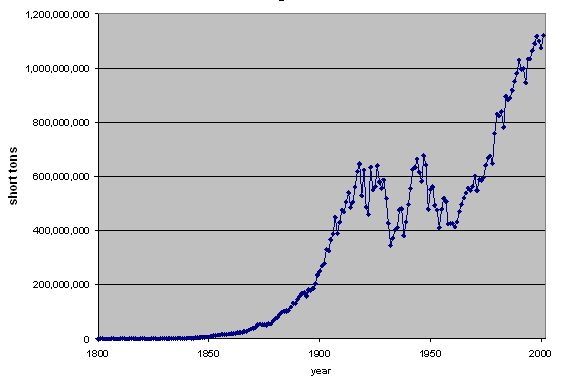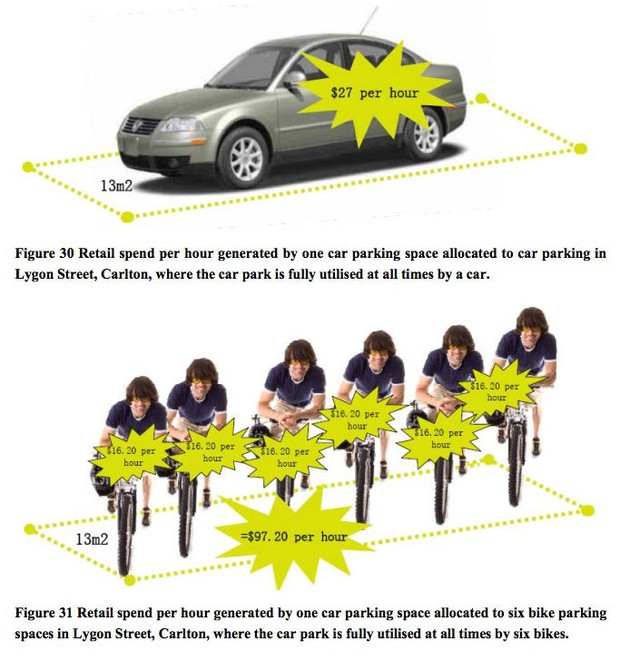Between 5600 and 5000 years ago there was a period of climate cooling in Europe, the end of the Holocene Climate Optimum. What facilitated those changes was a series of asteroid and comet strikes taking place before 3100 BC (the Sumerians recorded asteroid strikes between 3300 and 3123 BC on cuneiform clay tablet collection known as "the Planisphere"; ancestors of the Olmecs also observed those events, since in Olmec and Mayan calendars year 0 is equivalent to 3114 BC in our calendar). Stonehenge I (the original astronomical one) was built around 3100 BC, as was Newgrange in Ireland.
From "Rogue Asteroids and Doomsday Comets" by Duncan Steel, 1995:
Quite apart from Stonehenge, many other megalithic sites seem to have been constructed, starting before 3000 BC, by cultures spread across the globe, having no communication with each other, but watching a common sky. ... For example, a Neolithic passage grave at Newgrange in Ireland has a gap in its roof through which the Sun illuminates its main chamber at sunrise on Midwinter Day, or at least it did so 5,000 years ago. ... Why were the ancients suddenly so interested in the sky? Obviously, the special events happening in the sky must have been short-lived phenomena (because the megalith-building phase seems to have sprung up and then receded). ... The precession of meteoroid streams leads to periods of activity only a few centuries long. This gives us a clue."
Around 5600 years ago the climate cooling associated with end of the Holocene Climate Optimum apparently forced the Eastern European hunter-gatherers of R1a and R1b haplogroups to migrate southward into the steppe and to adopt a new lifestyle - represented by the Sredny Stog culture (late phase of the Sredny Stog culture contains the earliest evidence of horse domestication), the Samara culture, the Khvalynsk culture and the Yamna culture (the earliest remains of a wheeled cart were found in the "Storozhova mohyla" kurgan near Dnipropetrovsk, Ukraine - associated with the Yamna culture).
Authors of this paper - "Regional population collapse followed initial agriculture booms in mid-Holocene Europe" - calculated that between 6000 and 5600 years ago there took place a demographic boom in most of Europe (the line showing population level in the graph posted below almost reaches the very top of the graph), followed by a dramatic decline to 1/2 of the highest population level, between 5600 and 5000 years ago.
Only when first archaeological cultures associated with PIE speakers expand westward, the population density of Europe starts to rise again:
"Regional population collapse followed initial agriculture booms in mid-Holocene Europe":
http://www.nature.com/ncomms/2013/131001/ncomms3486/full/ncomms3486.html

 Europe ca. 5000 years ago.
Europe ca. 5000 years ago.













